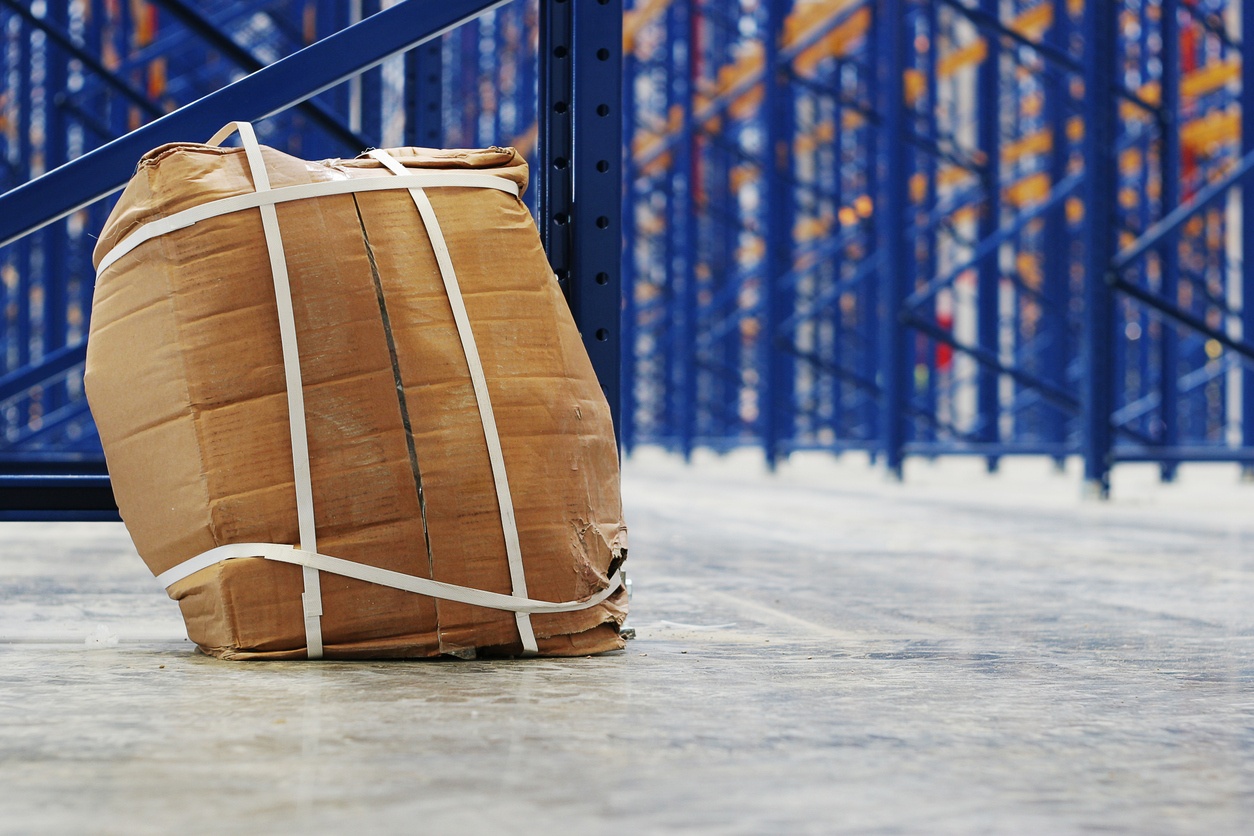We all hope we never have to deal with freight claims. It always seems very hypothetical and unreal – until your first shipment is lost or damaged. Unfortunately, if you are an active supply chain participant, you will most likely end up with a freight claim at some point in your career.
However, we are not entirely helpless when it comes to potential freight loss or damage. You can learn more about a few tips for minimizing your risk of freight damage in one of our previous s. Following these simple steps will minimize the risks, but will not guarantee 100% that your freight will arrive at the destination in one piece, or at all.

It’s important to plan for the worst case. What happens if your shipment actually gets damaged? Of course, it’s stressful and might affect the relationship with your customer, but will it also be a direct financial hit for you? Are you sure it’s fully covered?
Today we want to focus on LTL shipments specifically. While full truckload coverage is generally more straight-forward, the lack of knowledge of LTL carrier liability often causes confusion as well as quite unpleasant and unexpected financial losses.
What is the tricky part?
LTL shipments are generally covered “dollar per pound”. The coverage can start at $0.10 per pound for used items (any used items, regardless of the class). For new items, the coverage will usually depend on the freight class. The higher the class, the higher the coverage (generally, around $1-2 per pound for Class 50 and up to $25 per pound for Class 500).
The limitation of liability will differ from carrier to carrier. Unfortunately, this gets overlooked in the pursuit of the cheapest rates. Neglecting these rules may result in a reimbursement which is significantly lower than the value of your shipment.
What should you do?
Since we are now aware of the specifics, it becomes simple! All we need is to make sure our shipment is fully covered:
- Research your LTL carrier of choice limited liability rules tariff;
- Determine accurate freight class;
- Find out the exact weight of your shipment;
- Find out the accurate value of your shipment.
Some easy math work – now you know whether your shipment is going to be fully covered. Is it not? No reason to worry, you will just need additional insurance.
How can you make it a little easier?
Partner up with a 3PL and let them worry about researching carrier rules and additional coverage for you. All you need to do is provide accurate shipment specifics and the exact freight value – your 3PL rep will take care of the rest and make sure your shipment is fully covered before it’s dispatched to a carrier.
Looking for advice on shipping LTL? Researching for better rates? Contact us!
